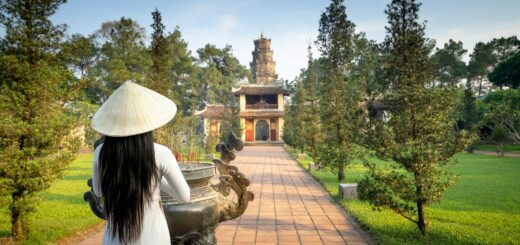Delving Into The Intriguing History and Enduring Cultural Impact of Psychedelics
Since the dawn of civilization, humans have been intrigued by the potential to shift their awareness of reality. Many traditional cultures have nurtured, valued, and sustained practices involving psychedelics for centuries. This article shall investigate the history and cultural significance of these mysterious substances, focusing on the indigenous ceremonial use of psychedelics like Ayahuasca and others as part of sacred plant medicine rituals.
Psychedelic compounds have played a key role in many traditional societies, often seen as a conduit for spiritual experiences. In the context of ritualistic healing and shamanism, the use of psychedelics is truly historical and culturally significant.
Probably the most recognized psychedelic, due to its central role in indigenous shamanic traditions, is Ayahuasca. This brew is prepared and used by numerous indigenous communities in the Amazon region. It is created from two plants: the Ayahuasca vine (Banisteriopsis caapi) and the leaves of the chacruna plant (Psychotria viridis). Both contain potent psychoactive chemicals – notably DMT – which are responsible for the powerful visions and introspection individuals often experience (Sanches et al., 2018).
The name Ayahuasca comes from the Quechua language, meaning ‘vine of the soul’ or ‘ropes of death’, hinting at the profound religious and spiritual experience associated with its use. The Ayahuasca ceremony, led by a shaman, is an integral part of indigenous culture. It is seen as more than merely consuming a substance; it is a deeply spiritual event where participants are led to confront their fears, traumas, and imperfections.
Similar to Ayahuasca, other sacred plant medicines such as peyote, psilocybin mushrooms, and Iboga have been used as spiritual tools in various indigenous traditions. They also have fascinating histories of traditional use spanning millennia. For example, psilocybin mushrooms hold a sacred role within several native Central American cultures, like the Mazatec who use it in healing and ceremony (Carod-Artal, 2014).
Shamanism, which lies at the heart of many indigenous cultures’ philosophy and world-view, facilitates these ritualistic practices. Shamans, or medicine men, are intermediaries or messengers between the human world and the spiritual realms. They hold the knowledge and skills to navigate their mind and consciousness using sacred plant medicines.
These substance-embraced ceremonies open doors to spiritual worlds, where participants can communicate with spirits or ancestors, receive guidance and healing. In this context, psychedelics serve as a medium that bridges the gap between the physical and spiritual world. This tool for exploring consciousness has been a critical ingredient in culture, tradition, and spiritual practices of indigenous societies ( Roig, 2020).
Unfortunately, with the expansion of western culture, the indigenous use of psychedelics became stigmatized and often criminalized. However, the recent resurgence of interest in psychedelics’ therapeutic potential has also led to increased recognition of their traditional uses and cultural significance.
Today, many westerners seek out these indigenous ceremonies, yearning for a spiritual experience that reconnects them with nature and their own intrinsic spirituality. Indeed, the rescue and preservation of these ancient native practices emphasize the enduring cultural impact of psychedelics, symbolizing their significant role in our past, present, and future spiritual exploration.
In conclusion, bridging cultural divides, psychedelics have ancient origins and modern applications, and their significance extends far beyond their biochemical interactions with the human brain. Their use as sacred plant medicine across cultures and time underscores their importance not only in history but in the ongoing dialogue around consciousness, spirituality, and healing.
Sources:
1. Psychedelics.
2. Sanches et al., 2018.
3. Carod-Artal, 2014.
4. Roig, 2020.


